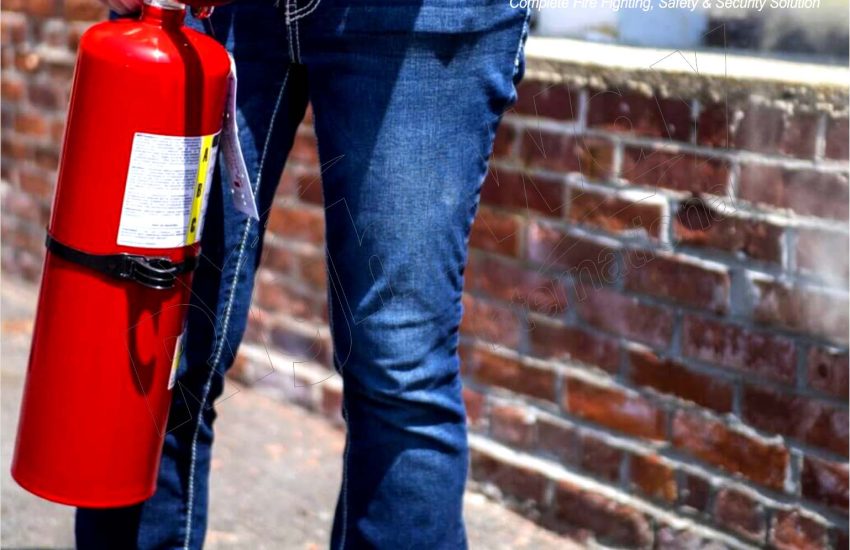Fire Extinguisher Training plays a critical role in workplace safety, residential fire preparedness, and overall fire protection strategies. Proper instruction ensures that individuals are equipped to act swiftly and effectively during a fire emergency, helping to prevent injury, minimize property damage, and protect lives. This article will explore the importance of training, types of extinguishers, steps for use, and best practices for a successful fire safety program.
Why Fire Extinguisher Training Matters
Training in the use of fire extinguishers teaches individuals how to respond safely during an emergency. Without proper instruction, people might panic or misuse the extinguisher, potentially escalating the situation or putting themselves at risk. Trained employees or residents can contain small fires before they spread, reducing the damage and preventing more significant risks.
Regular fire safety training also ensures compliance with legal regulations, which often require it in workplaces, schools, and commercial buildings. Keeping up with training makes sure that employees or household members know what actions to take in case of a fire.
Types of Fire Extinguishers
Fire extinguishers are categorized into classes based on the types of fires they are designed to extinguish. Understanding these classifications is crucial for effective fire safety. Below are the five main categories:
- Class A: For ordinary combustibles like wood, paper, and cloth.
- Class B: For flammable liquids such as gasoline, oils, and paints.
- Class C: For electrical fires, including appliances, outlets, or wiring.
- Class D: For fires involving flammable metals, such as magnesium or titanium.
- Class K: Primarily for kitchen fires, especially those involving cooking oils and grease.
Using a Fire Extinguisher: The PASS Method
The PASS technique is the most common and easiest way to remember how to operate a fire extinguisher correctly. Here are the steps:
- P – Pull the Pin: Pull the pin at the handle to prevent accidental discharge.
- A – Aim the Nozzle: Point the nozzle at the base of the fire—not at the flames.
- S – Squeeze the Handle: Squeeze the handle to release the extinguishing agent.
- S – Sweep from Side to Side: Sweep the nozzle from side to side while moving forward until the fire is fully extinguished.
Key Topics Covered in Fire Extinguisher Training
A well-rounded fire extinguisher training program should address a range of important topics, including:
- Types of Fires: Understanding the different fire classes and which extinguisher is appropriate for each.
- Maintenance: Knowing how to inspect fire extinguishers regularly for damage, pressure, and expiration dates.
- Evacuation Procedures: Knowing when to fight the fire and when to evacuate, particularly if the fire becomes unmanageable.
- Safety Measures: Ensuring that individuals maintain a safe distance, avoid inhaling smoke or fumes, and never turn their back on the fire.
Fire Extinguisher Training Best Practices
Implementing a successful training program involves several key best practices:
- Hands-on Practice: Regular, hands-on training is essential. Allow participants to practice using fire extinguishers in controlled, simulated scenarios.
- Annual Refresher Courses: Provide annual training and refresher courses to ensure that skills are kept up to date.
- Employee Involvement: Ensure that every employee receives training, including new hires during onboarding.
- Emergency Review: Pair fire extinguisher training with fire drills to familiarize everyone with emergency evacuation plans and escape routes.
Benefits of Fire Extinguisher Training
Investing in fire extinguisher training offers various advantages, such as:
- Reduced Damage: Early intervention by trained personnel can prevent small fires from turning into large-scale disasters.
- Increased Safety: Proper training enhances safety and confidence in handling fire-related emergencies.
- Regulatory Compliance: Training is often a legal requirement. Compliance with OSHA, NFPA, or local fire safety codes avoids potential penalties.
- Workplace Productivity: Employees who are well-prepared for emergencies feel safer and more confident, improving overall productivity.
- Lower Insurance Costs: Many insurers offer discounts to businesses with comprehensive fire safety programs, including regular training.
Fire Extinguisher Training for Different Settings
The specific requirements for fire extinguisher training can vary depending on the environment. Here’s a breakdown:
- Workplace Training: Employees in all workplaces should be trained on proper fire extinguisher use, safe evacuation, and how to respond during a fire emergency.
- Home Safety: Homeowners should know where fire extinguishers are located and how to use them for small kitchen or electrical fires.
- Commercial & Industrial Training: High-risk environments, such as manufacturing plants or commercial kitchens, require specialized training that addresses hazards like grease fires and chemical spills.
Conclusion
Fire extinguisher training is a critical aspect of any comprehensive fire safety plan. Properly trained individuals are more capable of handling fire emergencies safely and efficiently, potentially saving lives and preventing property damage. Whether in the workplace, at home, or in high-risk environments, fire extinguisher training can make all the difference in keeping small fires from escalating into catastrophic disasters. By ensuring regular, hands-on training, educating everyone on the correct use, and reinforcing safety protocols, you can significantly improve your fire protection strategies and overall preparedness.


